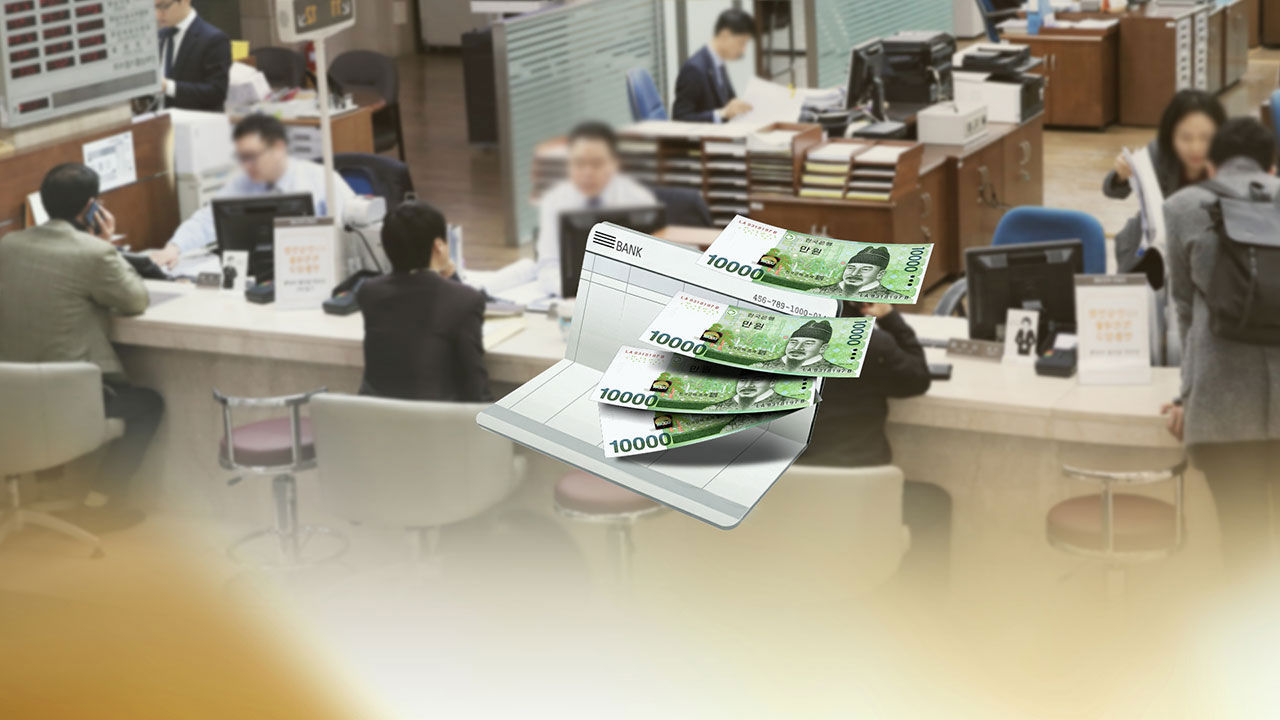 |
(Yonhap) |
South Korea's demand deposit turnover ratio hit an all-time low in August amid growing uncertainty due to the coronavirus pandemic, central bank data showed Tuesday,
The ratio, or withdrawals of demand deposits divided by the average deposit balance, came to 15.5 for August, according to the data from the Bank of Korea (BOK).
It was the lowest figure since January 1985, when the BOK began tracking related data. The previous record low was 15.6 posted in May this year.
The turnover ratio of demand deposits in Asia's fourth-largest economy has been on a steady decline since peaking at 95.5 in July 1999.
A low ratio means that households and companies prefer to put their money in banks rather than invest it for better profits.
Demand deposits, on which banks usually pay little interest, refer to funds held in accounts from which depositors can make withdrawals at any time without any prior notice.
Demand deposits are classified as belonging to short-term floating funds, which refer to money moving in and out of investments in search of higher profits.
The outbreak of COVID-19, which struck South Korea in late January, has sharply increased uncertainty here by causing the economy to hit the skids and making a big dent in corporate and household incomes.
According to the BOK, outstanding demand deposits at South Korean banks stood at 311.5 trillion won ($273 billion) as of end-August, up nearly 24 percent from December last year. (Yonhap)





![[Exclusive] Hyundai Mobis eyes closer ties with BYD](http://res.heraldm.com/phpwas/restmb_idxmake.php?idx=644&simg=/content/image/2024/11/25/20241125050044_0.jpg)
![[Herald Review] 'Gangnam B-Side' combines social realism with masterful suspense, performance](http://res.heraldm.com/phpwas/restmb_idxmake.php?idx=644&simg=/content/image/2024/11/25/20241125050072_0.jpg)

